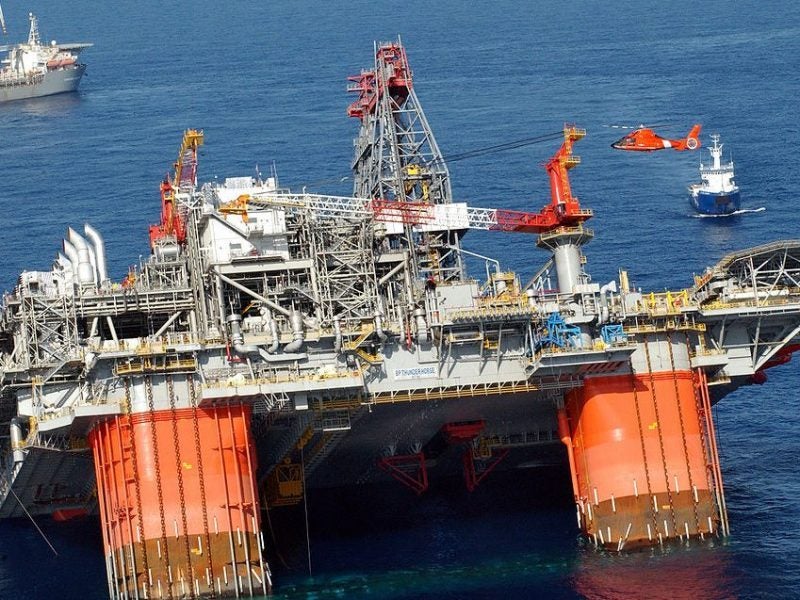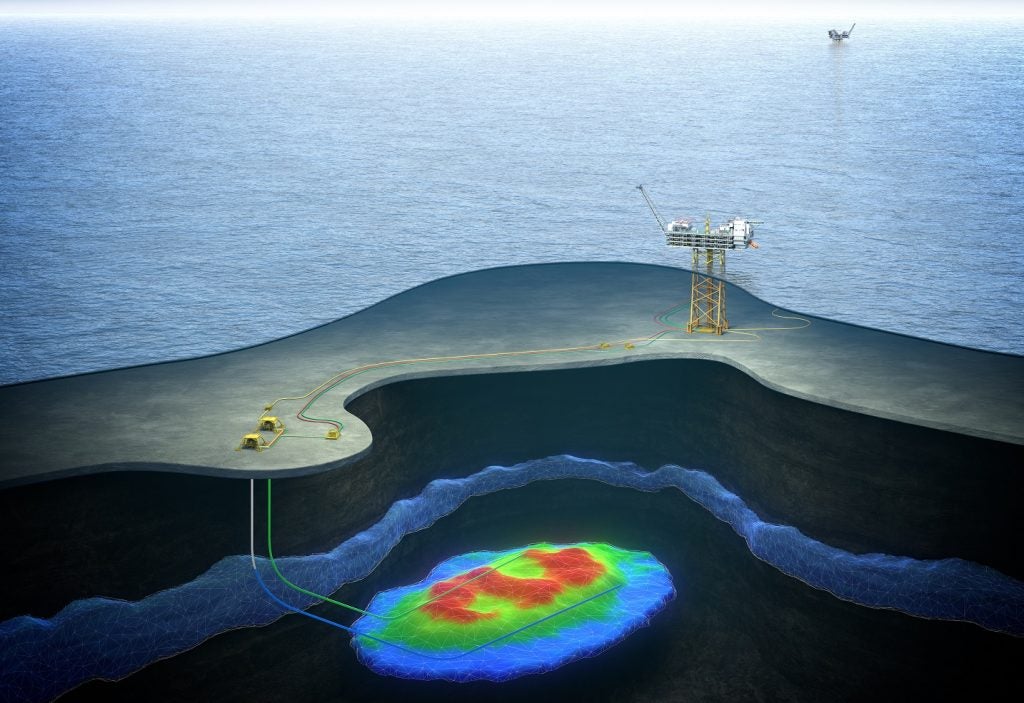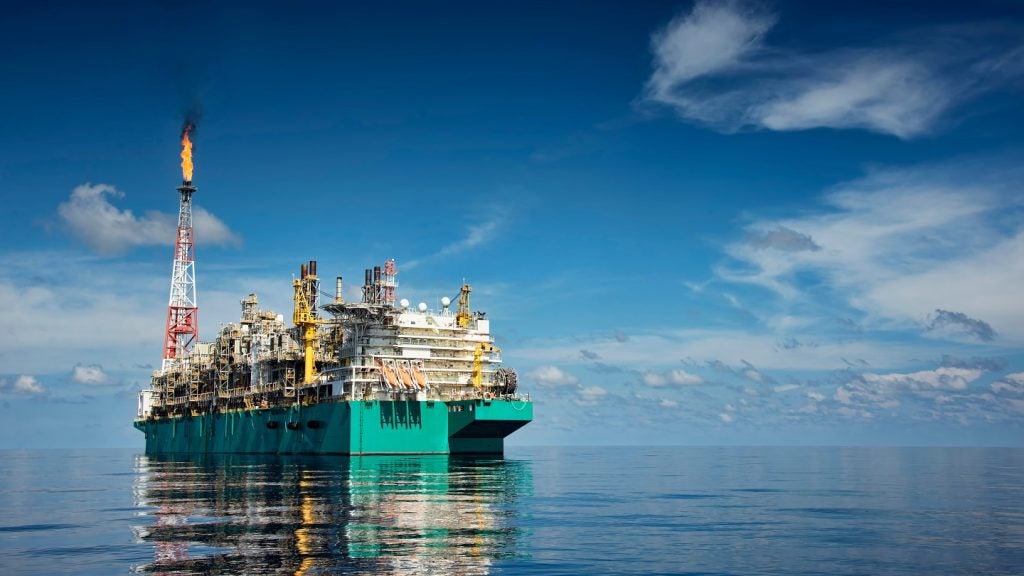
The Gulf of Mexico has enjoyed a productive few years, with annual oil production increasing consistently from 2013, reaching an all-time high of 1.7 million barrels per day by 2018. However, the impacts of Hurricanes Katrina and Rita, which destroyed 115 offshore oil platforms in the Gulf of Mexico in 2005, encouraged the oil and gas industry to strengthen its facilities against natural disasters. One threat that remains largely ignored though, is mudslides, despite causing arguably the worst oil spill in US history.
“Instead of one damaged wellhead, a mudslide would leave a tangled mess of pipes buried under a giant mass of sediments,” explained Ian MacDonald is a professor of earth, ocean and atmospheric Science at Florida State University in a recent article. “It would be impossible to stop the discharge with caps or plugs, and there would be little hope of completing dozens of relief wells to stop discharge from damaged wells. Oil might flow for decades.”
“Based on [the Taylor Energy disaster] and my 30 years of experience studying deep-sea oil and gas seeps, I believe that regulators and energy companies should be doing much more to prevent such catastrophes at other sites.”
The threat of mudslides
Triggered by dramatic weather patterns, such as hurricanes and earthquakes, mudslides threaten drilling platforms from beneath. The 2004 destruction of a Taylor Energy drill rig in the Gulf of Mexico was triggered by the movement of Hurricane Ivan through the region. The storm caused landslides, which kicked up pieces of sediment from the seabed and the continental slope, the downhill stretch of land connecting the southern coastline of the United States to the bottom of the sea. The movement of this sediment, a process known as turbidity currents, then slammed into the drill rig, capsizing it and throwing it 170m from its original location.
The disaster has had a significant environmental coast, with the US Coast Guard reporting that oil spills reached 14 miles long in places. The authorities also estimated that up to 55 barrels of oil were leaking into the gulf a day, while The Washington Post suggested that this figure could be as high as 700 barrels a day.
Containing the disaster has been made much more difficult by the fact that the damage was caused by a mudslide hitting the rig from below, as opposed to other incidents that damage just the topsides of rigs. Taylor Energy has been working with the US Coast Guard on clean-up operations since 2008, but despite their combined efforts, the destroyed wells continue to leak oil into local waters.
How well do you really know your competitors?
Access the most comprehensive Company Profiles on the market, powered by GlobalData. Save hours of research. Gain competitive edge.

Thank you!
Your download email will arrive shortly
Not ready to buy yet? Download a free sample
We are confident about the unique quality of our Company Profiles. However, we want you to make the most beneficial decision for your business, so we offer a free sample that you can download by submitting the below form
By GlobalData
Protecting against mudslides today
Despite the ongoing damage from the Taylor Energy disaster, there have been few technological developments aimed at improving offshore facility defences against mudslides. Much of this is due to the inherent and unavoidable dangers of building underwater support pillars in areas susceptible to mudslides. But the industry’s lack of innovation is startling; the American Petroleum Institute mentions neither mudslides nor turbidity currents in the fourth edition of its safety and health guidelines, published in February 2019.
A 2015 presentation given by the US Bureau of Safety and Environmental Enforcement questioned the logic behind constructing oil facilities in areas known to experience mudslides, and a 2006 study, published in the wake of the Taylor Energy collapse, authored by consultancy firm William Lettis and Associates, trialled a method to test areas in the Mississippi Delta to determine regions most susceptible to mudslides.
The study informed a 2007 oil platform risk assessment by the US Department of the Interior, which included a map of northern waters of the Gulf of Mexico, showing historic mudslide data. However, much data is missing from areas closest to the coast, where operations are at greater risk of damage from mudslides due to this proximity, as the coast serves as a potential source of sediment for turbidity currents.
In more recent years, technological developments have the potential to minimise some of the more immediate impacts of the disasters. Swiss robotics company ANYbiotics tested the first autonomous monitoring robot at an offshore facility in the North Sea, and the replacement of human workers with machines could limit the number of casualties from disasters.
However, with an average of 41 drilling rigs working in the Gulf of Mexico throughout all of 2018, mudslides still have the potential to cause significant physical and environmental damage in the region. The US Government, companies and environmental groups alike will be hopeful that more coherent defences will be developed in the coming years.





